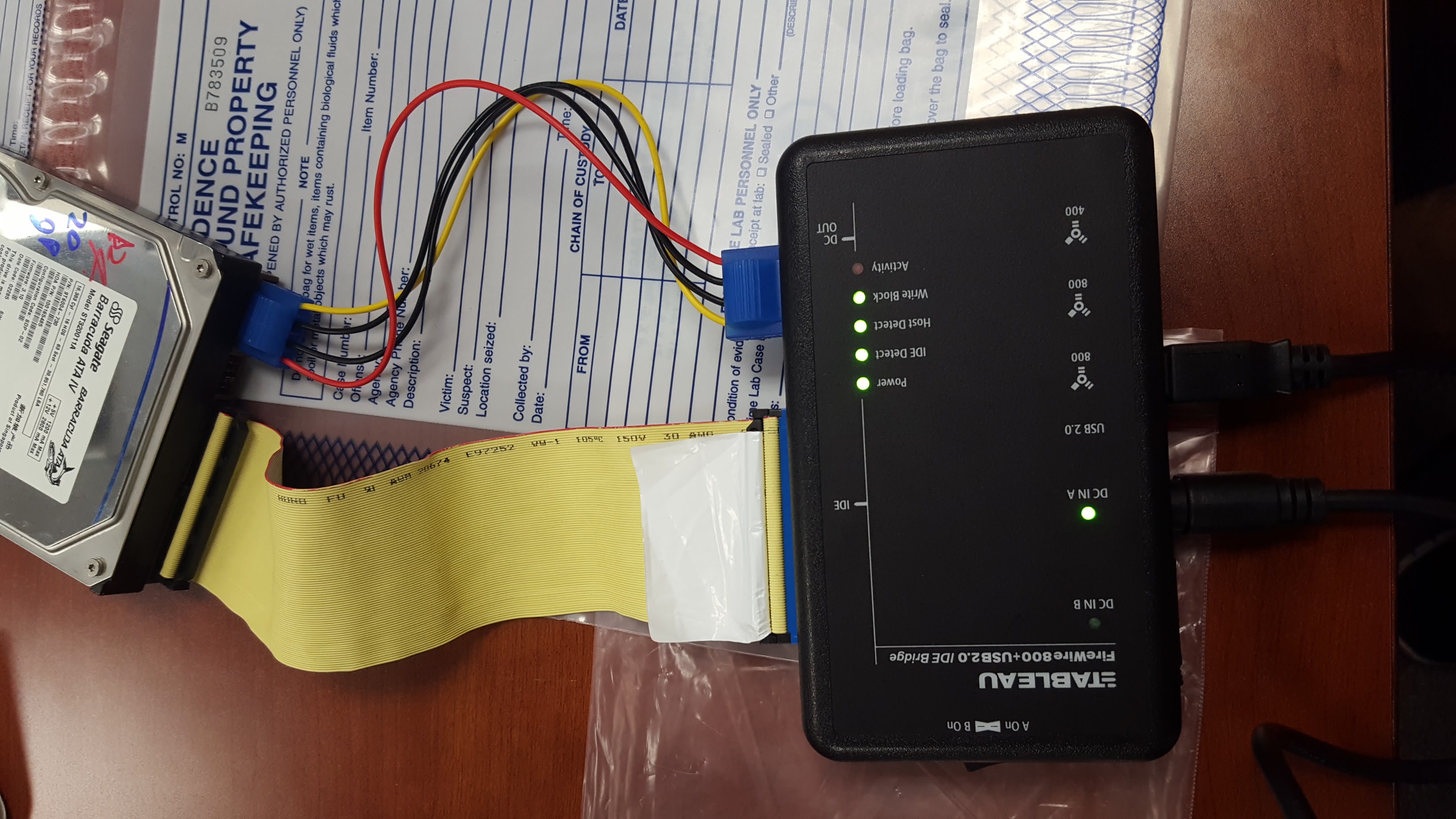Kali Linux Penetration Testing
During my internet security class at Cal Poly Pomona we were trained to understand and utilize basic hacking techniques as well as analysis to penetration test Windows, Linux, Mac PCs as well as a routers and other hardware devices. We used VMWare and a variety of different OS system images to safely hack and attack these virtual machines over a closed network.
To get started we first downloaded and installed the latest image of Kali Linux downloaded from the developers site. We then updated the installation image within VMWare and installed a few analysis and hacking tools from the various Kali Linux libraries including: OpenVas, NMap Scanner, OWasp Zap, Jack the Ripper, Armitage, AirCrack NG. We then were provided with operating system images of each operating system and were given a week to scan the system image for vulnerabilities and then take advantage of that said vulnerability with the tools we were provided as well as any other research we found on the web. When we were successful at hacking into the operating system through our instance of Kali Linux we took screenshots of our escalated privilege as well as the files that we now had access to as new admins to the systems. We were also provided a router in class that we would actively have to attempt to hack by the end of the quarter with our new found skills, using a wireless adapter in promiscuous mode to capture a two way handshake and then cracking the password.
We provided mid-quarter reports providing a variety of hacks and strategies that we used to get into the different operating systems and devices in a professional manner, as well as ways of alleviating those issues to prevent them from happening in the future. Not only did this class allow me to first-hand experience how easy it is for someone to hack in to a variety of devices, but also taught me how to further research them to prevent myself from exposure in the future.
















